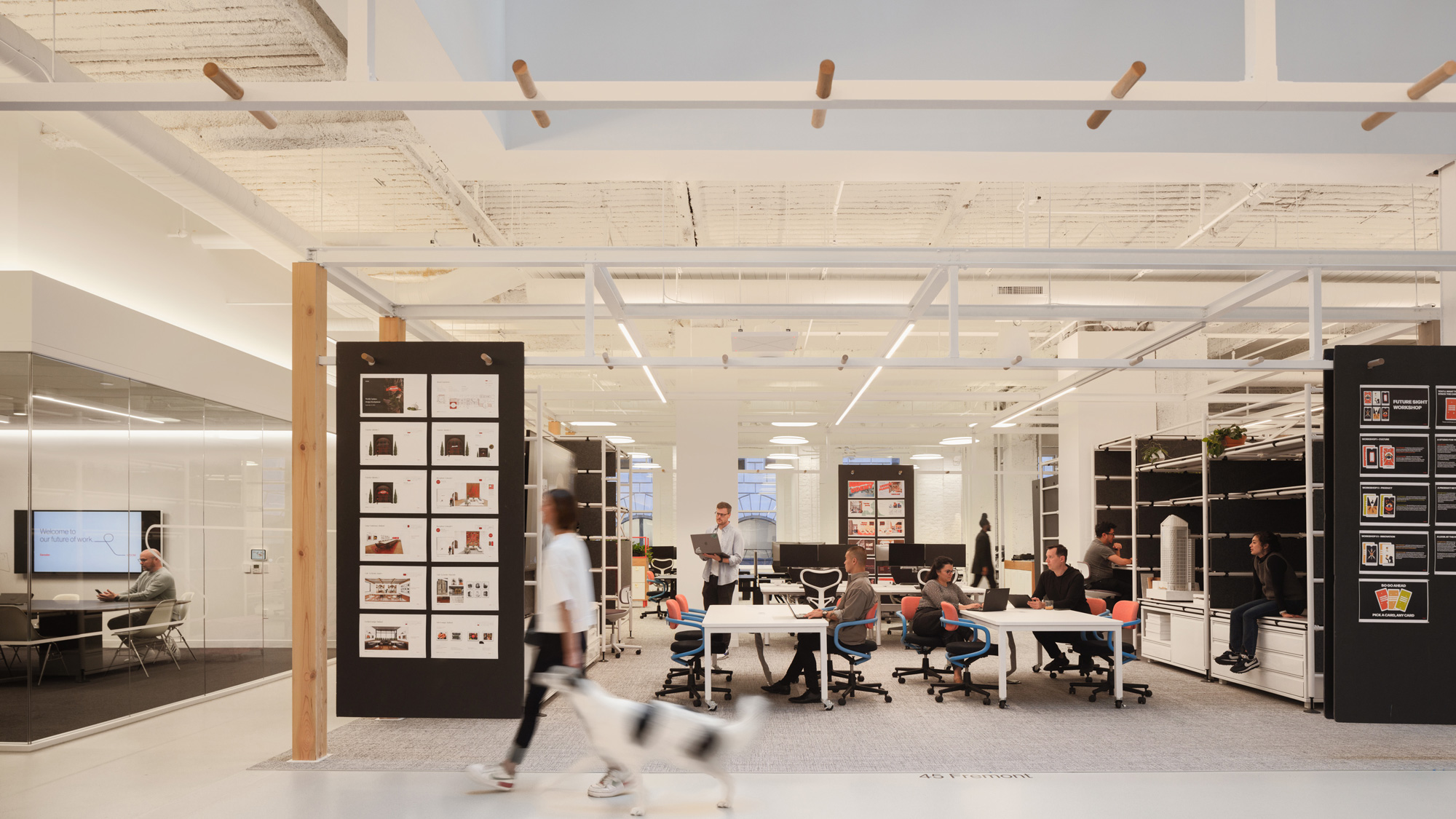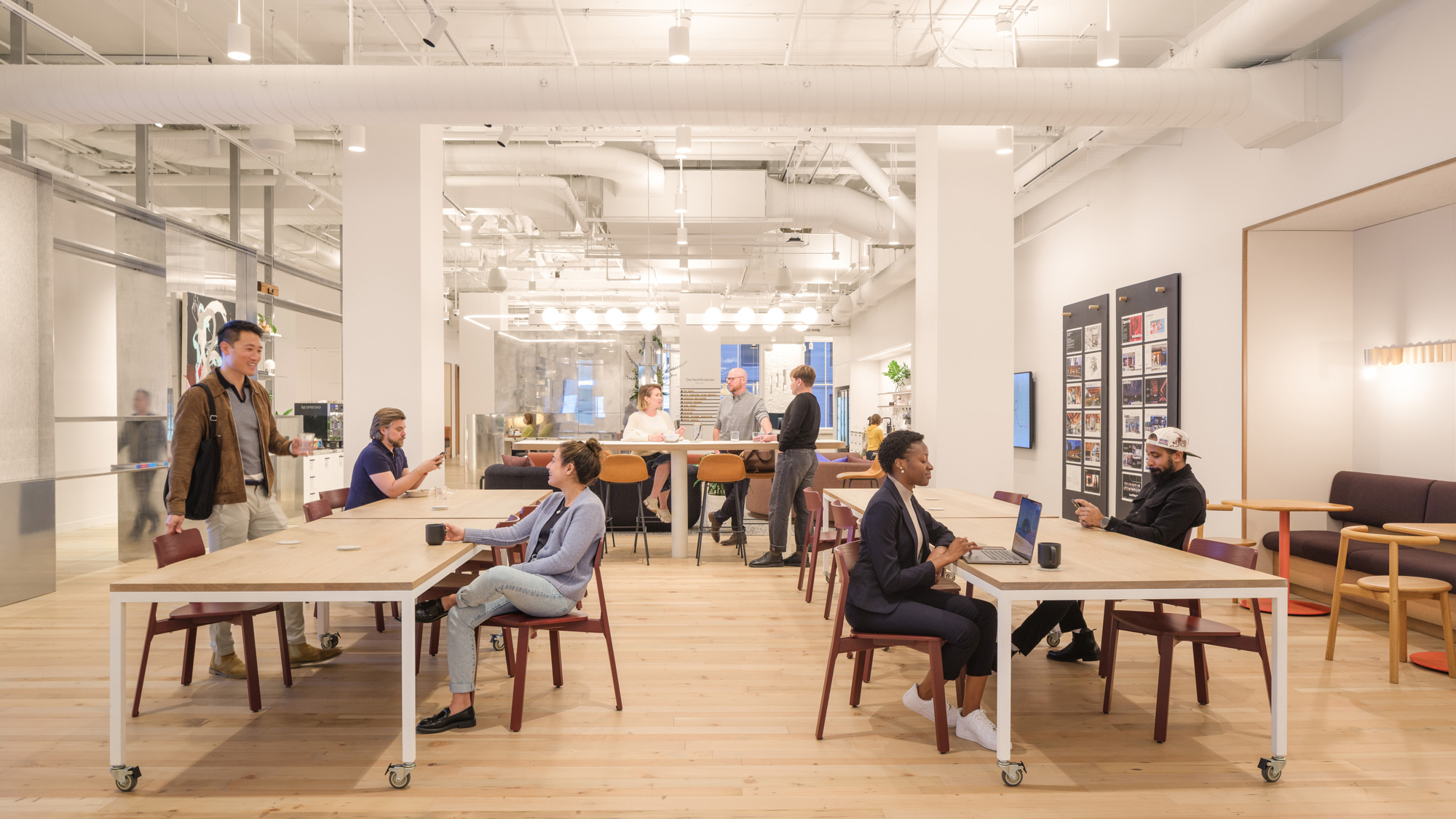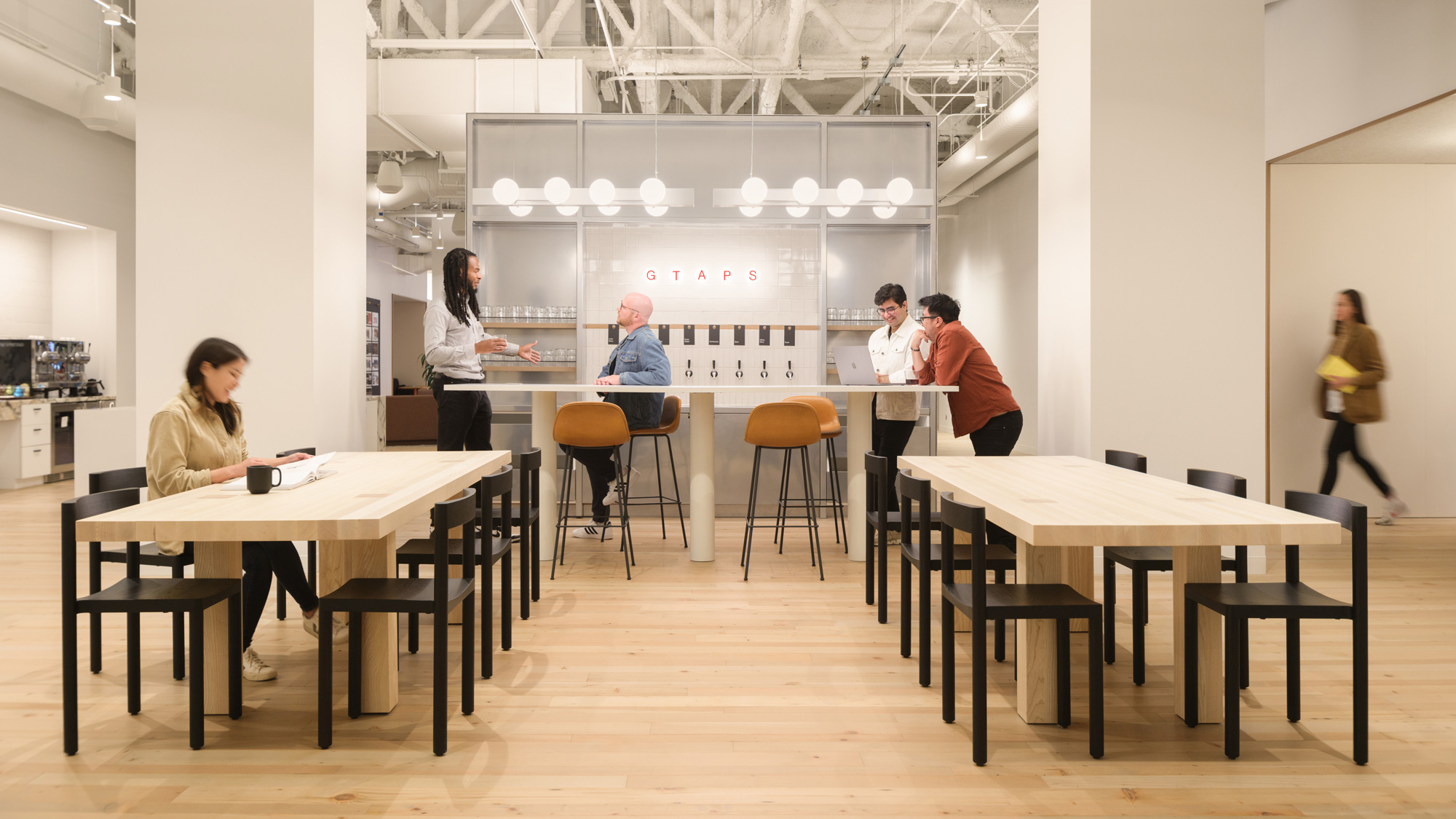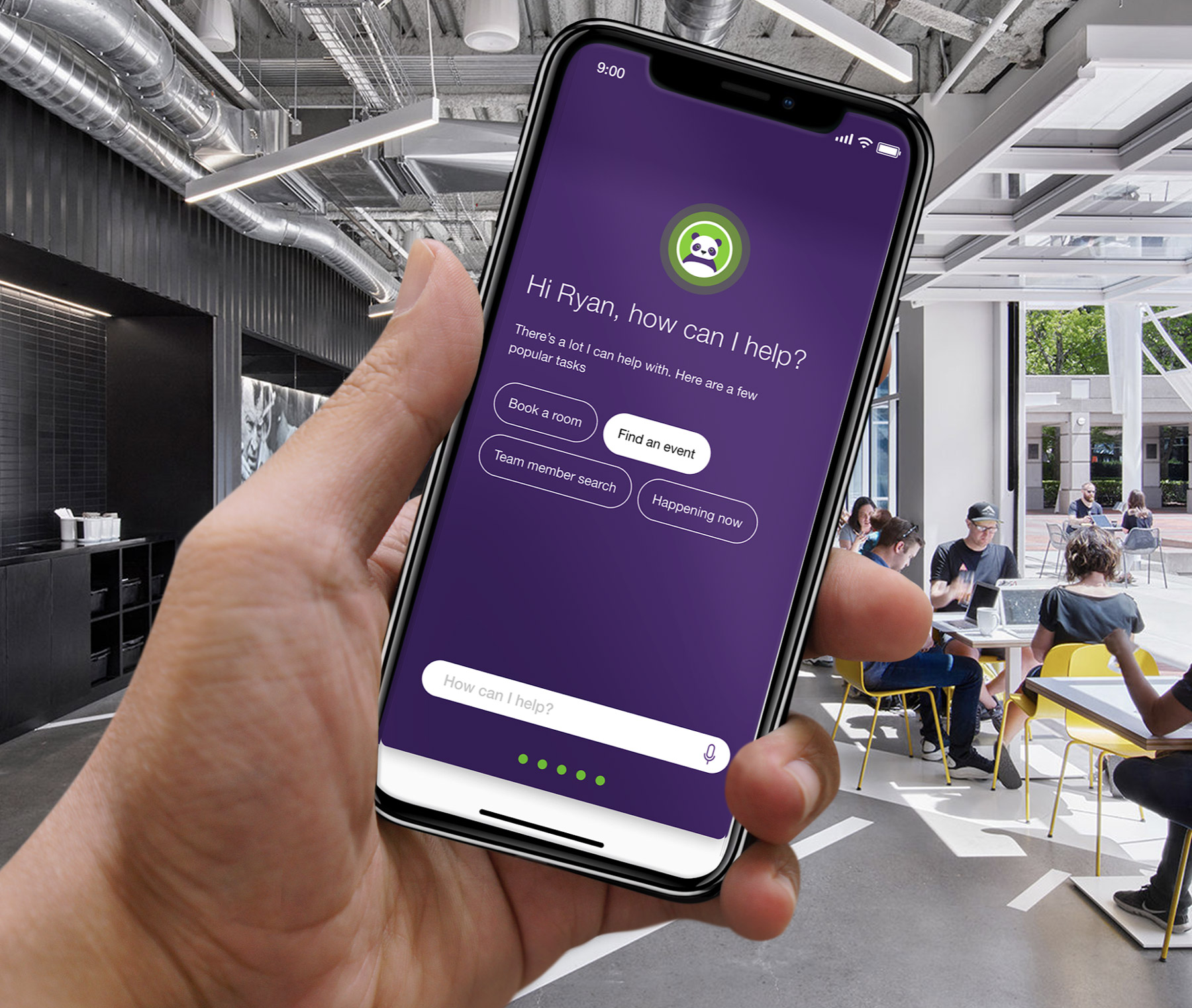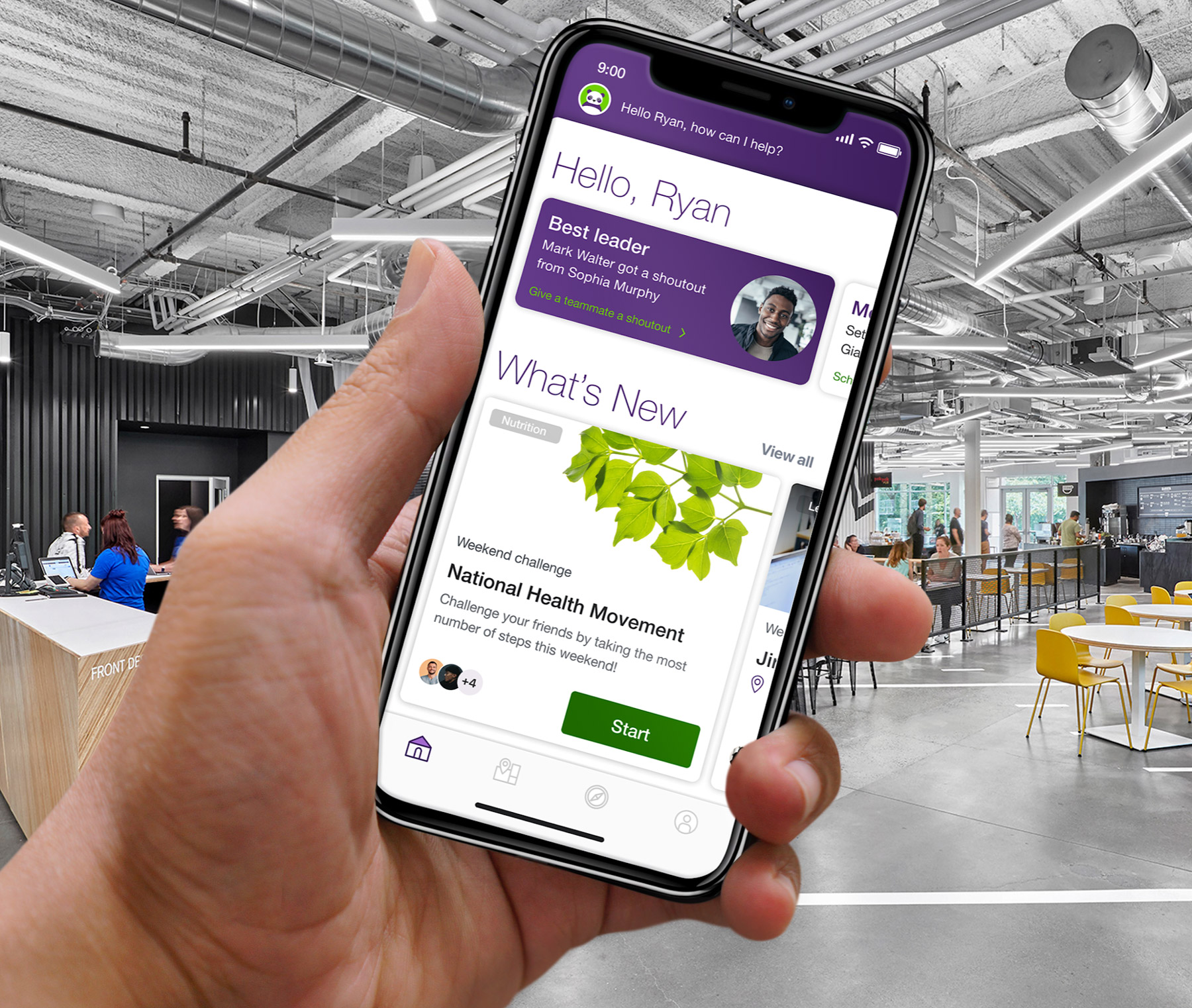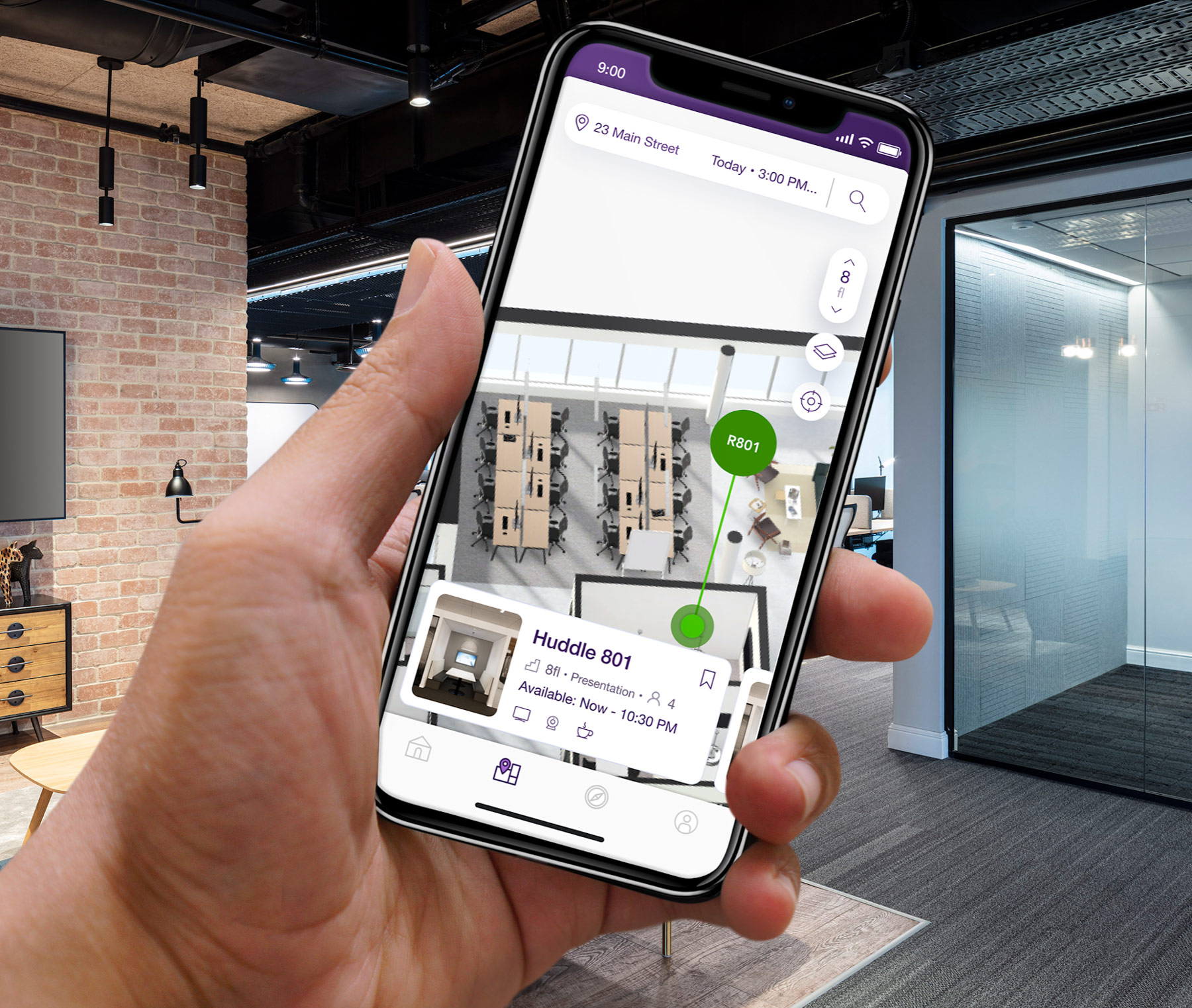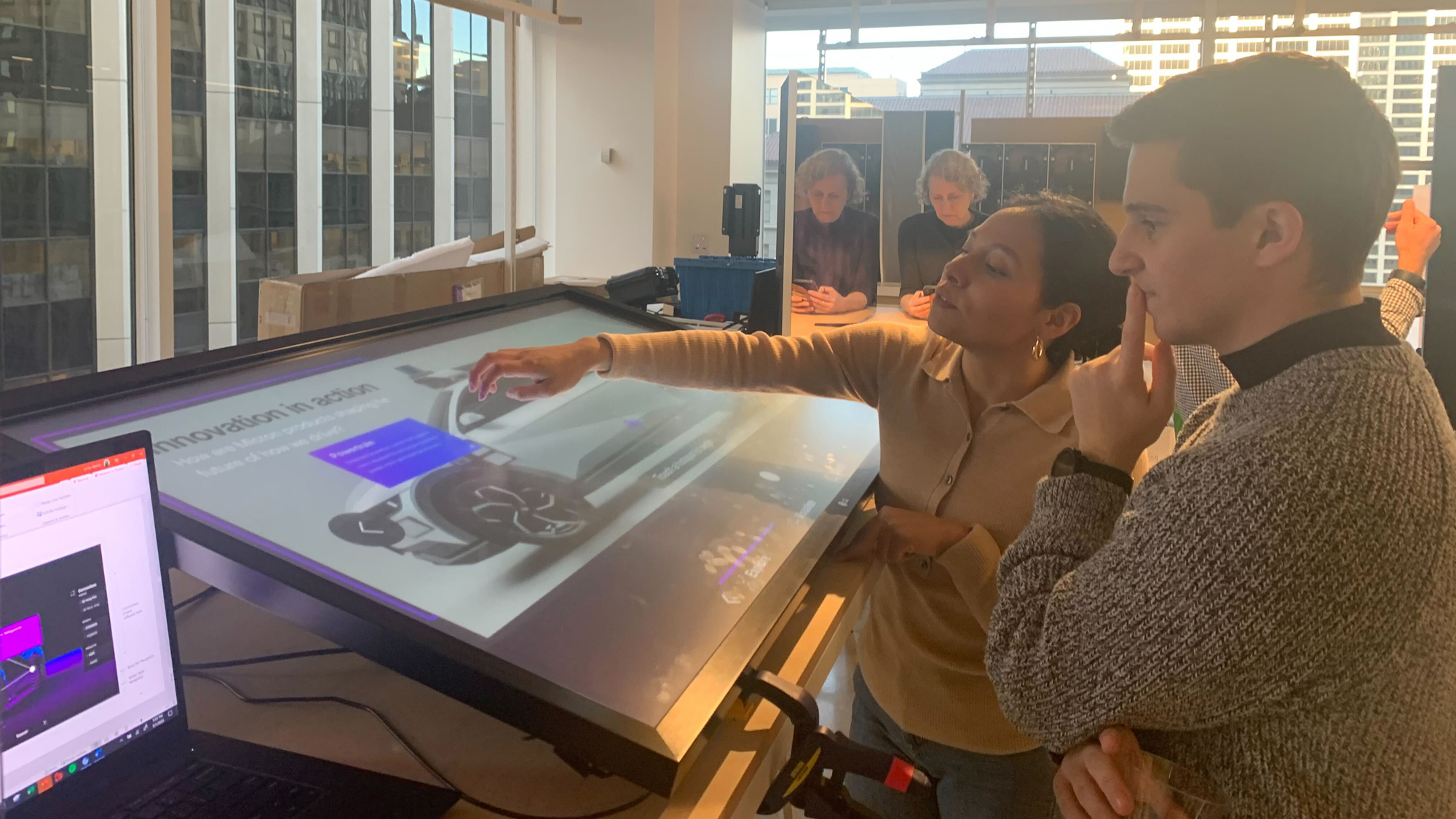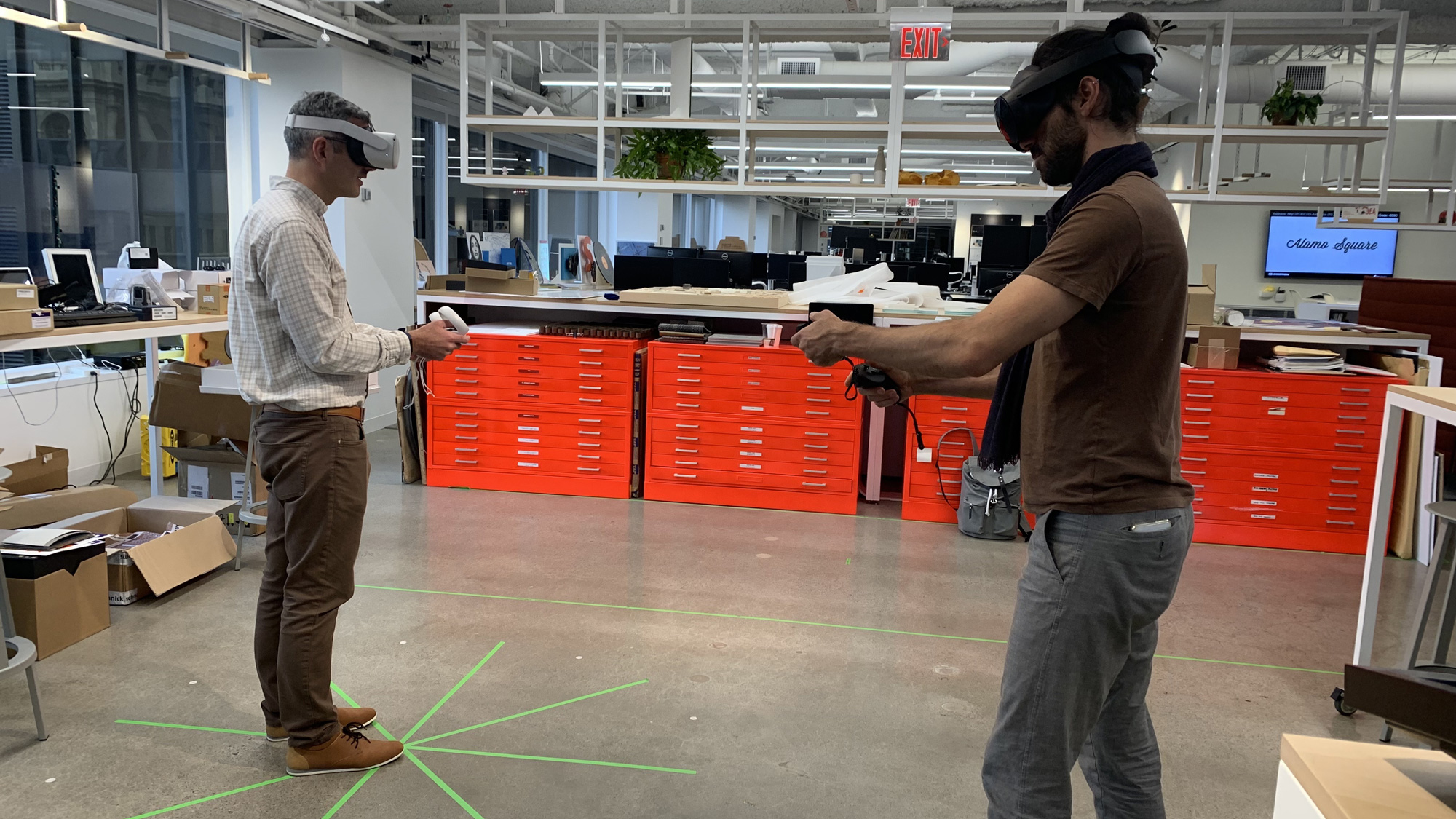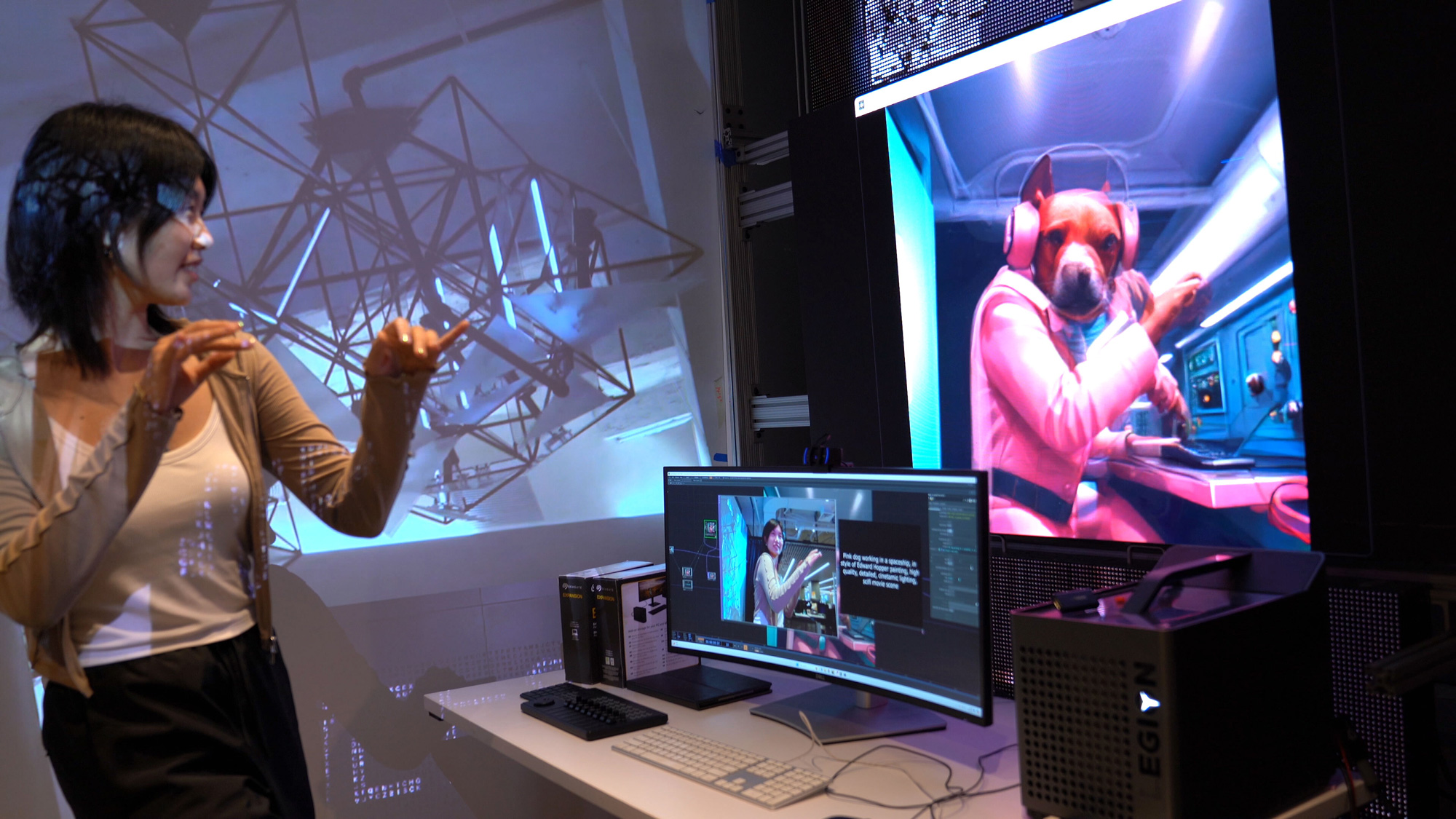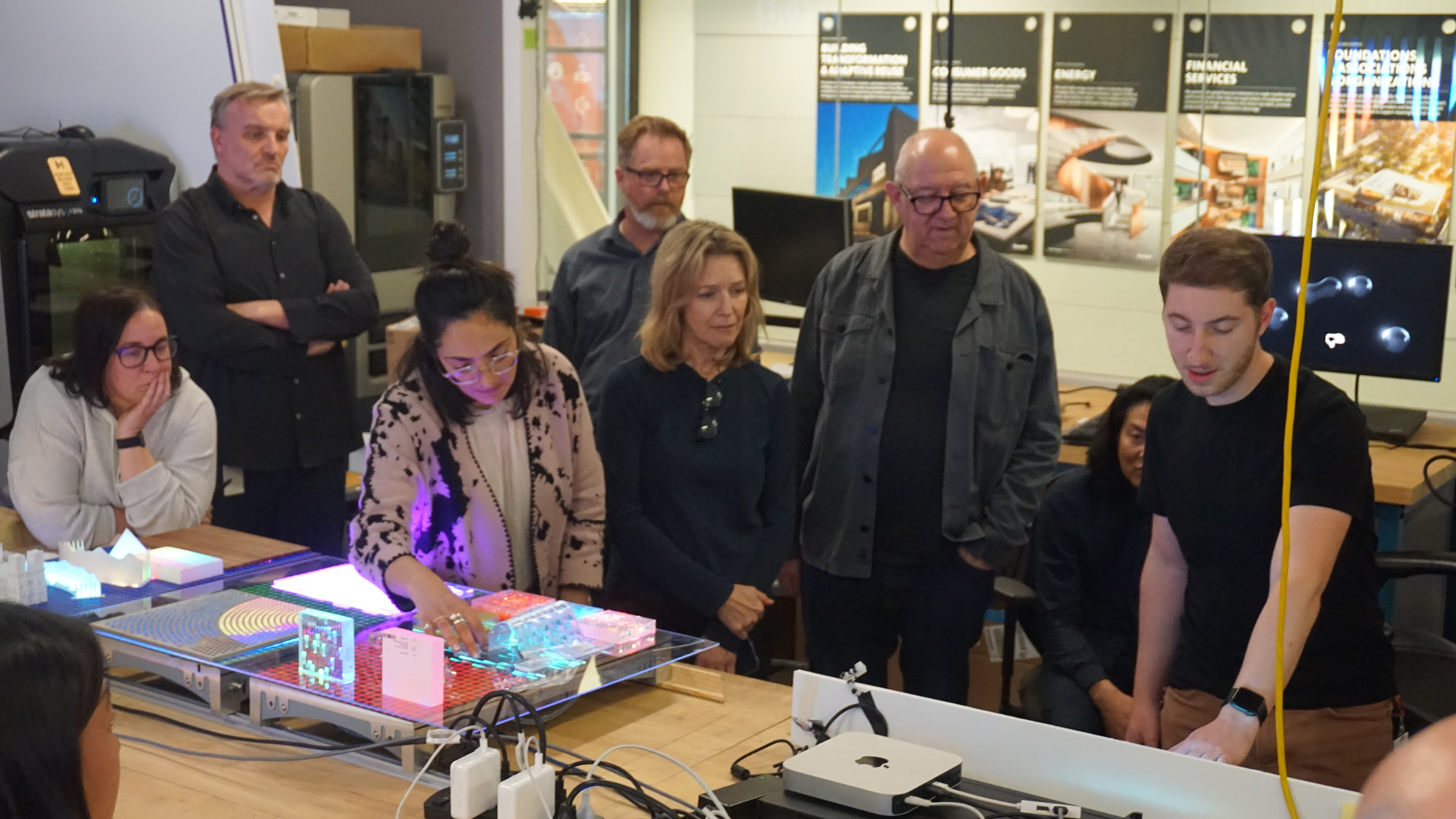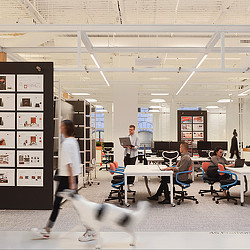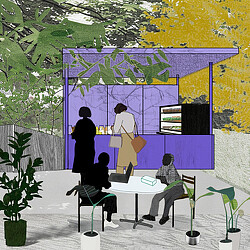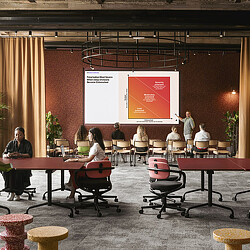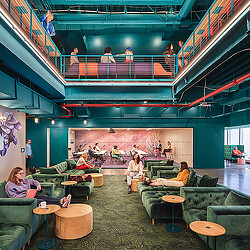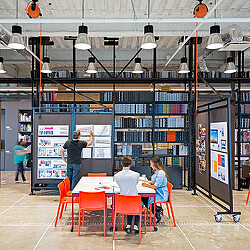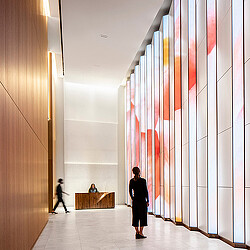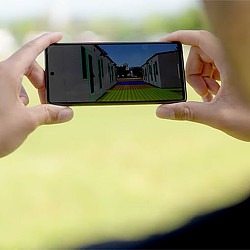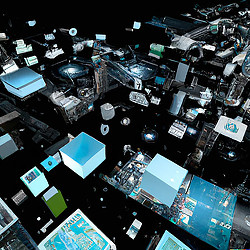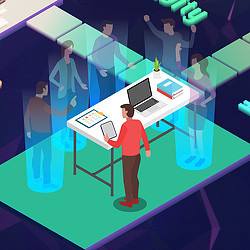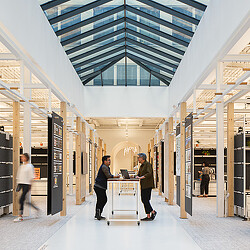Redefining the Workplace for a New Era of Productivity and Engagement
This new era of work is not about obligation but about crafting a compelling experience that draws people in and encourages them to grow personally and professionally.
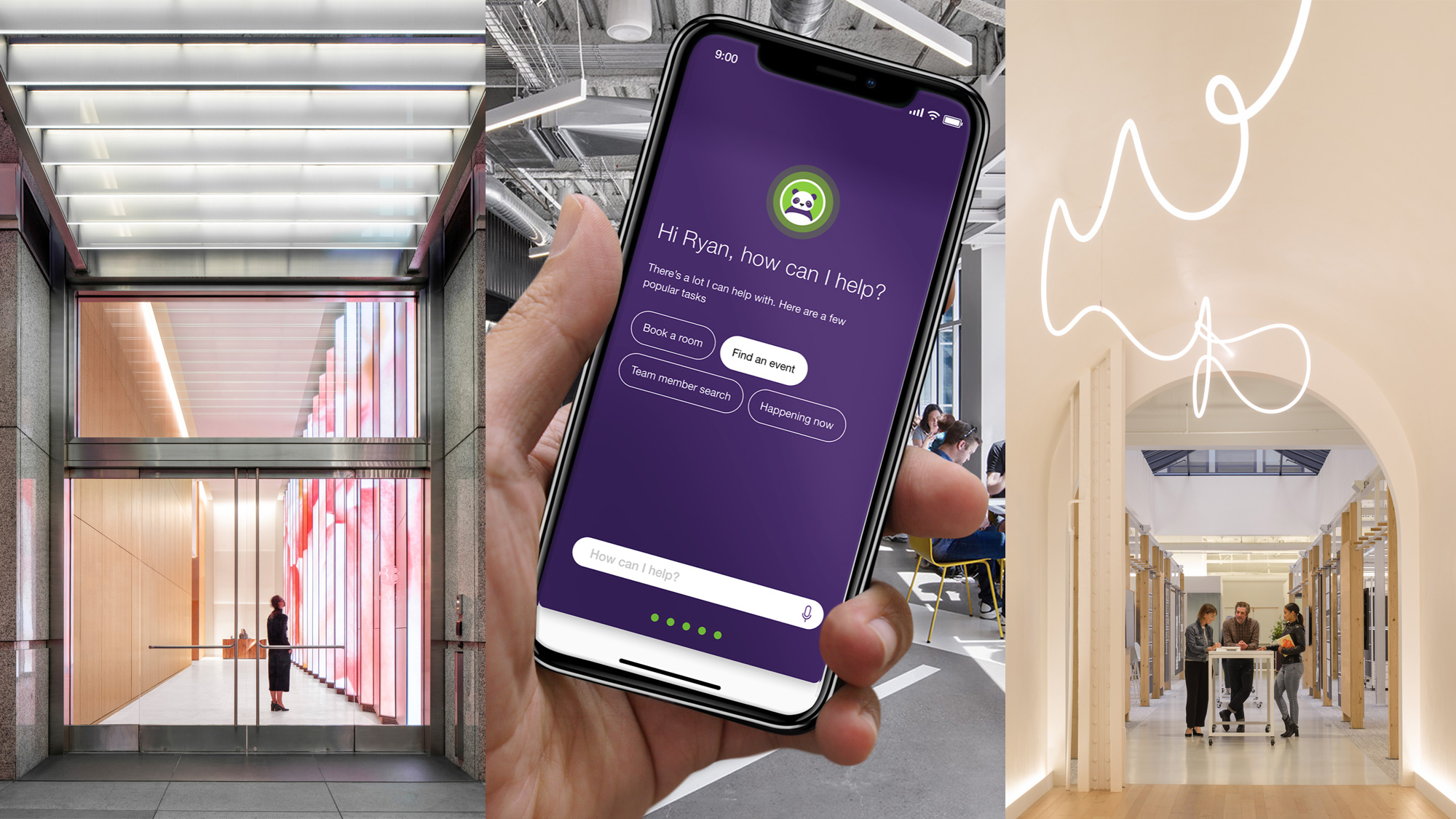
The modern workplace is more than the physical space it occupies. It must be an ecosystem that inspires, empowers, and habituates — transforming the office from merely a location to a vibrant, productive environment. This new era of work is not about obligation but about crafting a compelling experience that draws people in and encourages them to grow personally and professionally. It’s about viewing the office as a place and a dynamic product, rich in experience and possibility.
As we redefine the workplace in this way, three key concepts guide our design thinking: Destination, Acceleration, and Habituation.
Destination — Creating Spaces That Inspire
One of the critical elements in redefining the workplace is the concept of “Destination.” The role of architectural and interior design here is pivotal. Space is not just about aesthetics; it’s about creating an environment that resonates with its inhabitants.
Our approach to redefining workplace destinations can be seen in our own new office space in San Francisco. When designing this space, we focused on creating an environment that we, as a team, would look forward to coming to every day. This office is a manifestation of our beliefs and values in design as a catalyst for human connection, innovation, and impact.
The space blurs the lines between work and play, professional and personal. It’s designed to inspire creativity and foster collaboration, featuring open workspaces, areas for quiet reflection, and communal zones for informal gatherings. The tone is set immediately upon entry, where the first element you are greeted with is our cafe kitchen area. Convening and connecting through hospitality and comfort is a value that anyone can relate to and is intentionally reflected in the design of a workplace where people spend a significant portion of waking hours.
Immersive installations and ever-changing digital displays also play multiple roles here — they are designed as purposeful technology that can be used as presentation screens, to provide informational content, or to inspire team members with artistic and aspirational imagery.
Every element — from the flow of the space to the choice of materials — is intentional, reflecting our commitment to innovation, excellence, and sustainability in the materials we use and the programs we employ. Our San Francisco office is a testament to what a workplace can be — a destination for work, inspiration, and growth.
Acceleration — Empowering Through Technology and Tools
In our vision for the future of work, “Acceleration” transcends mere speed — it represents a synergy of efficiency and empowerment. Empowering employees with cutting-edge tools and experiences is critical to enabling peak performance. This empowerment extends beyond basic functionalities; it’s about creating an enhanced human experience through technology.
Workplace mobile apps providing everything from real-time collaboration tools to space reservation systems empower employees with the flexibility and autonomy to manage their schedules and resources effectively, ensuring that every workday is as productive as possible.
Equitable hybrid conferencing is also key. Aligning design, technology, and filmmaking techniques in conference rooms are forging more effective ways for dispersed teams to collaborate and participate equitably no matter the location.
Augmented reality (AR) is another frontier in our pursuit of enhanced workplace experiences. By overlaying digital content onto physical spaces, AR creates an immersive and interactive environment that allows employees to engage with their surroundings in new ways, such as interactive data visualizations or augmented wayfinding systems
Integrating artificial intelligence in the workplace is yet another avenue where technology meets human needs. AI can personalize the work experience, from optimizing environmental controls like lighting and temperature to providing insights and recommendations based on individual work patterns. This personalization improves comfort and productivity and fosters a deeper connection between employees and their workspace.
The presence of AI — or the direct impact of AI — will need to be visually present in our spaces in the future, which could be embodiment of AI in spaces or the interaction with it in XR applications. Our ability to see more data within our physical spaces through XR and then act on that information using AI hints to a highly productive future that allows us to have greater impact and value.
These technologies aren’t just about modernizing the office — they’re about creating a workspace that is proactive, responsive, and adaptive to the needs of its users. The goal is to harness these technological advancements to meet employees’ current needs and anticipate future ones, ensuring that our workspaces remain at the forefront of innovation and efficiency.
Habituation — Building Positive Workplace Behaviors and Rituals
Creating a workplace that draws people in is one thing; making it a place where they develop positive behaviors and routines is another. In the context of workplace design, “Habituation” is about fostering environments that encourage productive habits and rituals.
As we delve into the nuances of behavioral science to understand what makes a space functional and psychologically rewarding, we draw upon Nir Eyal’s “Hooked” methodology, applying its principles to foster a compelling, habit-forming workplace experience.
By applying these principles to workplace design, we can create an environment that draws employees in and keeps them engaged and committed. It’s about crafting a space that employees want to return to, not just because they must, but because it offers a rewarding and fulfilling experience.

4 Steps to Create a Compelling,
Habit-Forming Workplace
Trigger: Creating the Initial Draw
Triggers prompt people to take action. In the workplace, this could be environmental cues like inviting lounge areas or digital cues such as an app notification reminding employees of an upcoming brainstorming session, sparking interest and anticipation.
Action: Simplifying ParticipationAction is where we make it as easy as possible for employees to engage. This could involve designing workspaces that are easily accessible and enjoyable to use. For example, a ‘one-touch’ space booking system reduces friction and makes it easier for employees to collaborate outside of scheduled meetings.
Variable Reward: Offering Diverse and Unpredictable IncentivesRewards are crucial in keeping engagement high and could range from social rewards like face-to-face interactions to more tangible rewards like surprise lunch events or pop-up relaxation zones. The key is to offer a variety of rewards that are not entirely predictable to keep the office experience fresh and engaging.
Investment: Encouraging Personal ContributionThe investment phase is about getting employees to contribute to the office environment, increasing their commitment and sense of ownership, ultimately making the daily act of coming to the office a more meaningful routine.
Embracing Continuous Innovation Through Experimentation
In the past few years, we’ve seen increased demand for workplaces with dedicated zones for experimentation and testing new ideas. Far from being a conventional office spaces, these areas are crucibles of innovation — real-world laboratories where theories and concepts about workplace efficiency and satisfaction are theorized and actively tested and observed.
In active experimentation spaces, groundbreaking collaborative tools and state-of-the-art smart office solutions undergo real-world trials, providing invaluable insights into their operational effectiveness and impact on workplace dynamics. You wouldn’t launch a product without testing it first, and technology and workplace integrations should be treated similarly.
We design these experimental spaces or pilot programs to be deliberately fluid and adaptable, mirroring the fast-paced and ever-changing nature of the technology that constantly evolves the way we work. Flexibility is key, allowing for the constant introduction of new elements and the reconfiguration of existing ones. This agile setup enables us to scrutinize the effectiveness of different spatial arrangements and technology integrations in fostering a productive and engaging work environment.
We are actively defining the future of workplaces through applied testing and learning. We can directly observe the interplay between space, technology, and human interaction by employing a hands-on approach to innovation that allows us to fine-tune our designs to meet and exceed the evolving needs of today’s workforce.
By embracing a philosophy of continuous learning and adaptation, we ensure that the workspaces we design are current and future-ready, prepared to evolve with the advancing tides of technology and shifts in work culture.
As we look towards the future of work, Destination, Acceleration, and Habituation stand as pillars in our mission to redefine the workplace. We are committed to creating spaces that are not only aesthetically pleasing and technologically advanced but also profoundly human. It’s about designing environments where people are excited to work, thrive, and grow — professionally and personally.
For media inquiries, email .
